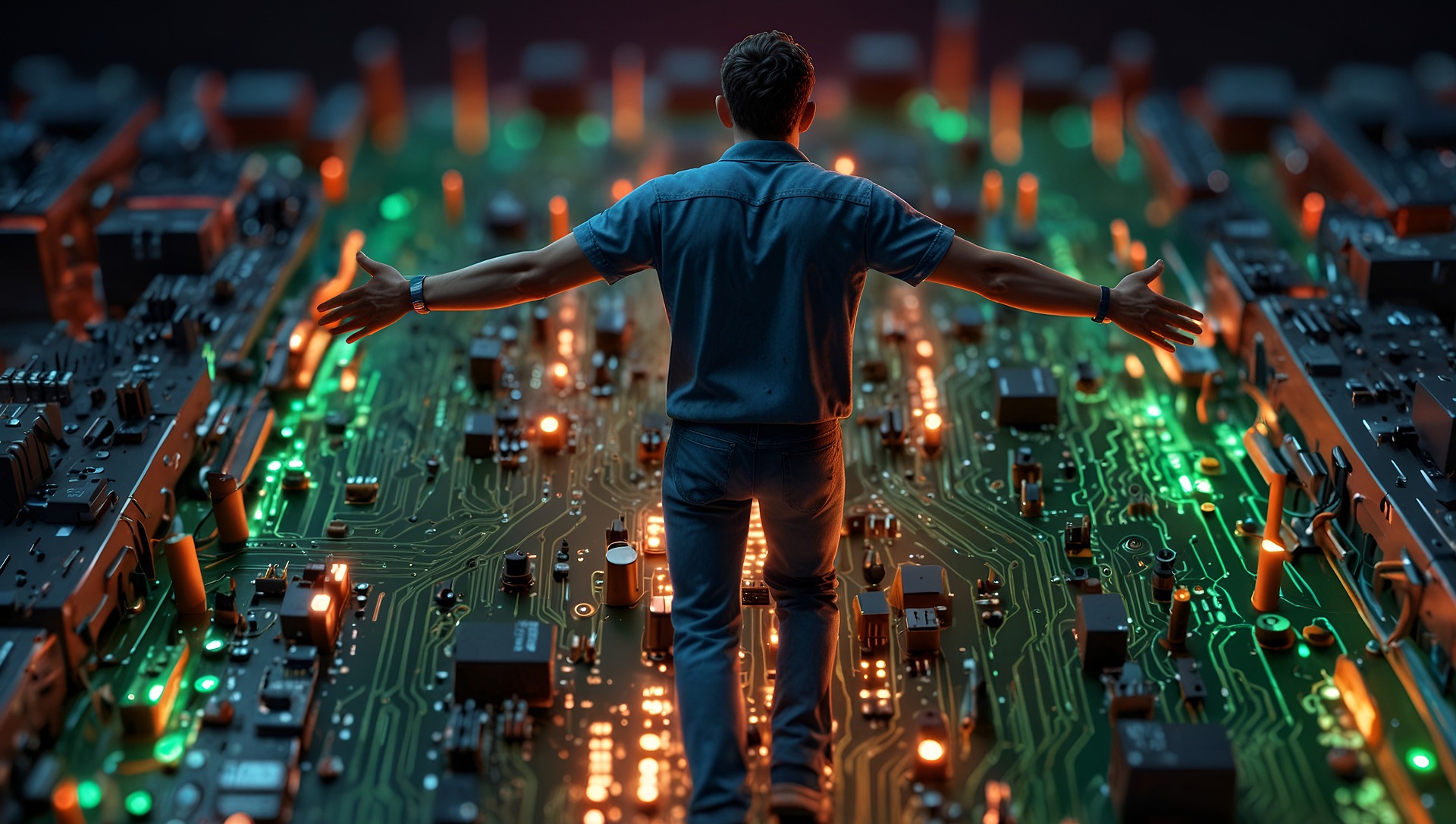Manoeuvring the Labyrinth of Modern Differential Systems
Cars have evolved tremendously over the years, from the first combustion engine vehicles to today's marvels of mechanical and electronic sophistication. One aspect of this evolution that is often overlooked, yet integral to the overall driving experience, is the differential system. This article will illuminate the intricacies of modern differential systems, their impact on automotive culture, and the challenges they present to the industry.

The Differential: A Historical Perspective
The differential is a device that allows the wheels on the same axle of a vehicle to rotate at different speeds. This is crucial when the vehicle is turning, as the outer wheel has to cover a larger distance than the inner wheel, requiring it to rotate faster. While it might seem like a high-tech concept, the differential has a long history dating back to 100 BC, when it was used in Chinese chariots. However, the first patent for a differential was filed by a Frenchman named Onesiphore Pecqueur in 1827, over a century before the advent of the automobile.
The Evolution of the Differential System
Over the years, the differential system has evolved to improve vehicle handling and safety. The traditional open differential, while effective at equalizing torque, was found lacking in situations where grip was lost on one wheel, such as on slippery roads or during aggressive cornering. This led to the development of the limited-slip differential (LSD), which uses various mechanisms to limit the speed difference between the two wheels, thus improving traction.
In the 21st century, electronic limited-slip differentials (eLSDs) have become more prevalent. These systems use electronic sensors and sophisticated software to monitor wheel speed and vehicle dynamics, adjusting the distribution of torque between the wheels in real-time for optimal performance and safety.
The Impact of Modern Differential Systems
Modern differential systems have significantly enhanced the driving experience. By improving traction and stability, they have made cars safer and more enjoyable to drive, especially in challenging conditions or at high speeds. They have also enabled the development of high-performance cars that can exploit their power more effectively, contributing to the ongoing evolution of automotive performance culture.
However, these advanced systems are not without their challenges. They are more complex and expensive to manufacture and maintain, which can increase the overall cost of vehicles. They also rely heavily on electronics and software, which can be prone to malfunctions and hacking.
Differential Systems: Looking Forward
Despite these challenges, the future of differential systems looks promising. As automotive technology continues to advance, differentials are likely to become even more sophisticated and efficient. For instance, we can expect to see more widespread use of torque vectoring differentials, which can distribute torque not only between the left and right wheels, but also between the front and rear axles. This can further enhance vehicle handling and performance, opening up new possibilities for automotive design and engineering.
In Summary
The differential system is a vital component of any vehicle, and its evolution has mirrored the broader evolution of automotive technology. Today’s advanced differential systems enhance vehicle performance and safety, shaping the way we experience driving. As we look to the future, we can expect these systems to continue evolving, offering new possibilities for automotive design and performance. Yet, as with any technological advancement, they also present challenges that the industry will need to navigate. In the end, it’s this continuous process of innovation and problem-solving that keeps the world of cars so endlessly fascinating.





